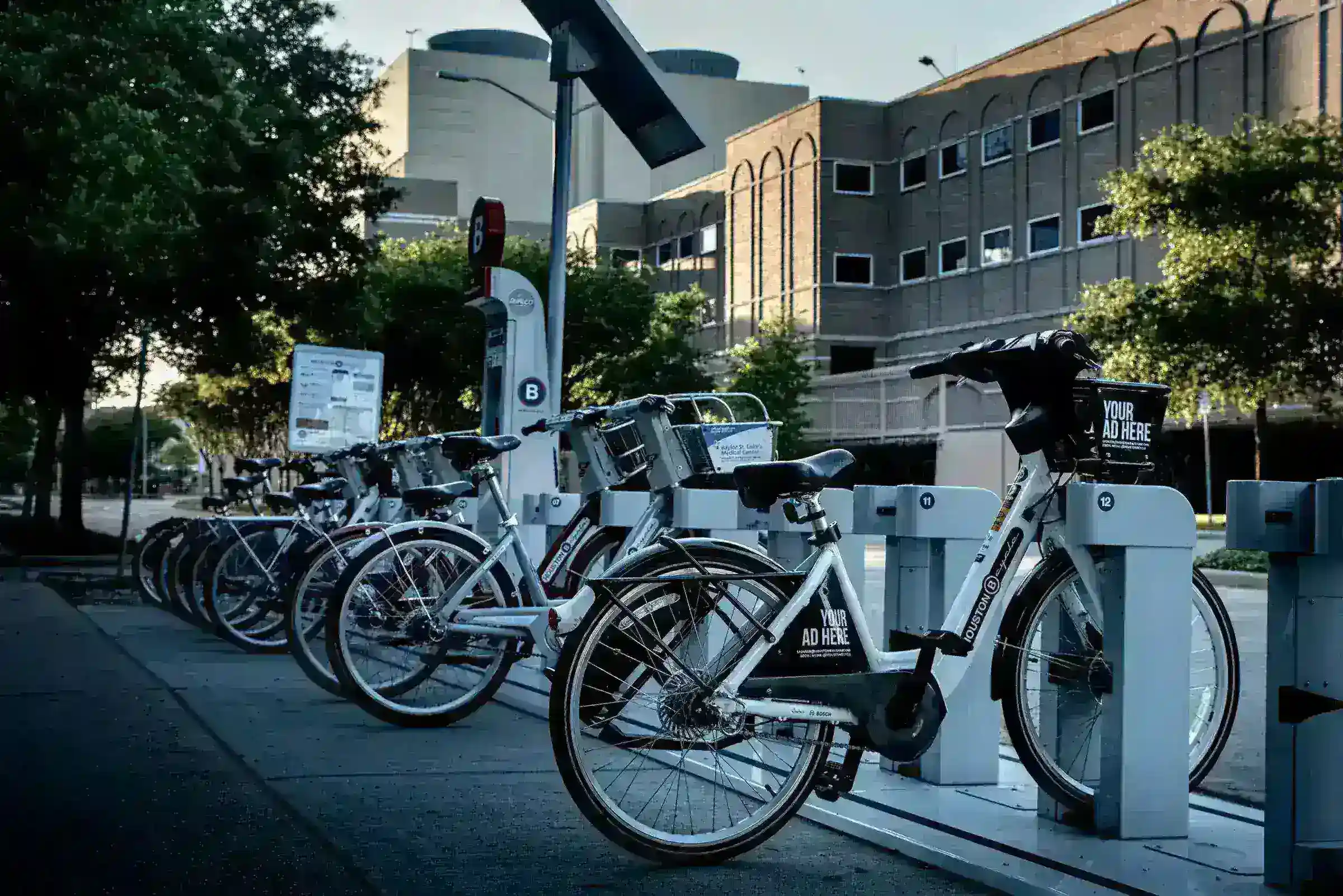A reliable home network is mostly about physics and a little bit about restraint. Radios want line of sight, moderate distances, and clean air; people want rooms that simply work without babysitting settings or rebooting gear. The fastest path to that outcome is a compact plan: lift your access points off the floor, place them where signals can pass through doorways instead of brick, wire the backhaul whenever possible, and choose channels that are calm rather than flashy. With those basics right, you stop overbuying boosters and you stop chasing speed tests that collapse when the microwave runs. Instead, every room gets the same predictable performance, and roaming between floors feels as uneventful as walking from desk to kitchen. The following sections keep to first principles you can apply in any house or apartment, regardless of brand: position for reach before you chase rates, isolate backhaul traffic from client traffic, and pick channel widths and bands that match the density of your neighborhood rather than the marketing on the box.
Map your space and lift the radios to give the signal a clear path

Great coverage begins with placement, and that means understanding how your walls and furnishings shape radio waves. Wi-Fi at 2.4 GHz bends and penetrates better than 5 or 6 GHz, but it is also more crowded; 5 GHz and 6 GHz reward you with higher speeds if you keep sightlines reasonable. Put primary nodes roughly central to the areas they serve, not crammed in a corner or behind a TV, and elevate them to chest or head height so the antenna pattern reaches rooms instead of table legs. Avoid placing a node flat on metal, inside cabinets, next to aquariums, or beside large mirrors, because water and reflective surfaces soak or scatter the signal. Hallways and stairwells make excellent conduits, so placing a node at the landing often feeds several rooms with minimal loss. On multi-story homes, think in vertical stacks: one node above another forms a clean column of coverage that avoids diagonal paths through slabs. If one room is notoriously “dead,” move the nearest node two or three meters rather than adding a new one; often a small relocation unlocks a clear corridor through a doorway or along a hallway and removes the shadow entirely.
Backhaul first: wire what you can, and isolate what you can’t
How nodes talk to each other matters as much as how clients talk to nodes. A wired backhaul—plain Ethernet, fiber in new builds, or even MoCA over coax—gives every radio the full runway for clients and keeps mesh chatter off the air. If you can pull a single cable to each satellite, do it once and reap years of stability. When wires aren’t practical, choose a tri-band mesh with a dedicated 5 GHz or 6 GHz backhaul so client devices don’t fight for airtime. Place satellites so the backhaul link reads strong before you test client speed; a weak hop between nodes drags down every phone beyond it. Avoid daisy-chaining more than one or two satellites unless you truly have to span a large property, and try to aim nodes through open doorways rather than diagonally through dense walls. In long apartments or townhouses, think relay: a root node near the modem in the center, a mid-point satellite in line of sight, and a final node near the far bedrooms. In all cases, treat the backhaul like a private highway. If the mesh lets you lock satellites to the preferred backhaul band or channel, do it, and let clients use the cleaner spectrum left over.
Choose bands and widths wisely so reach stays stable and speeds are real
Bandwidth settings are not trophies; they are knobs that must match your environment. On 2.4 GHz, stick to 20 MHz channels because there are only three non-overlapping choices, and widening beyond that just guarantees overlap and retries. Use 2.4 GHz for smart plugs, sensors, and the far corners where only long wavelengths reach, and let your phones and laptops live on 5 GHz or 6 GHz for real throughput. On 5 GHz, 40 MHz is a safe default in dense buildings, while 80 MHz is fine when neighboring networks are sparse; 160 MHz looks exciting on spec sheets but often collapses in apartments because it spans so much spectrum that conflicts are constant. On 6 GHz, you can afford 80 MHz in most homes thanks to cleaner air, but remember that range is shorter, so place nodes accordingly. Match transmit power to the size of each area: too high and clients cling to a distant node and refuse to roam, too low and they fall off at doorways. Your target is smooth floors of coverage where a phone can walk and hand over gracefully, not a single giant bubble that looks good in one spot and crumbles at the edges.
Clear the air: pick calmer channels, respect DFS, and tame power to reduce self-interference
Channel choice is where you trade bravado for peace. On 2.4 GHz, use channels 1, 6, or 11 so you do not partially overlap and poison the band for everyone. On 5 GHz, the lower non-DFS group (36–48) and the upper group (149–161) are common; if they are congested, consider DFS channels (52–144) which are quieter but will vacate briefly when radar is detected. In most homes, a single, steady channel per band beats auto-hopping, because frequent changes reset clients and cause stalls. If your mesh offers per-node channel control, avoid putting adjacent nodes on the same channel at maximum power; instead, stagger them and reduce output so each node dominates its intended rooms without yelling over the others. The result is less co-channel contention and cleaner airtime for each conversation. Microwave ovens, baby monitors, and older cordless handsets can still bruise 2.4 GHz; if dinner causes buffering, lean on 5 GHz for streaming devices and keep 2.4 GHz for low-rate gadgets. The guiding idea is courtesy: free the least crowded lanes, speak at a reasonable volume, and your network will feel faster because it spends more time transmitting and less time waiting.
Make roaming feel invisible with one name, sane thresholds, and gentle steering
Nothing ruins a video call like a “sticky” client clinging to a weak signal. Give your main SSID the same name and password on all nodes so devices can roam without re-authenticating, and enable roaming assistance (802.11k/v/r) if your gear supports it, because hints help clients discover better neighbors sooner. Many meshes let you set a minimum RSSI or a “kick” threshold; use a moderate value so a device leaves a fading node a bit earlier and finds a stronger one in the next room. Band steering is useful when it is gentle: encourage capable devices toward 5 GHz or 6 GHz but do not trap borderline clients that would be happier on 2.4 GHz at the edge of a room. Keep IoT gadgets on a separate 2.4 GHz SSID if they misbehave with steering, and avoid hiding SSIDs or forcing features that only some devices understand. Test roaming the way you actually live: pace a call from office to kitchen to bedroom, note where audio flinches, and nudge node placement or power until the handoffs vanish. When roaming is tuned, you stop thinking about which node you are on because the network makes the choice before you notice.
Verify with real tasks and adjust sparingly so the network stays predictable

Speed tests are fine for snapshots, but stability shows up in everyday work. Stream a film in the room that used to buffer, upload photos from a corner bedroom, join a video meeting while you make tea, and watch for smoothness instead of headline numbers. If something falters, change one variable at a time: slide a satellite two meters toward a doorway, drop a 5 GHz channel width from 80 to 40 MHz in a busy evening, or trim transmit power on two adjacent nodes that are shouting at each other. Resist the urge to overhaul weekly; your goal is a steady baseline that family members never think about. If you add a new wing of smart devices, place them on 2.4 GHz and leave laptops on the faster bands so each population stops stepping on the other. Back up your settings once things feel right, and note your chosen channels and widths so a factory reset does not send you back to noisy defaults. A quiet, repeatable configuration beats experimental “auto everything,” because predictability is the foundation of a home network that fades into the background and just works.







